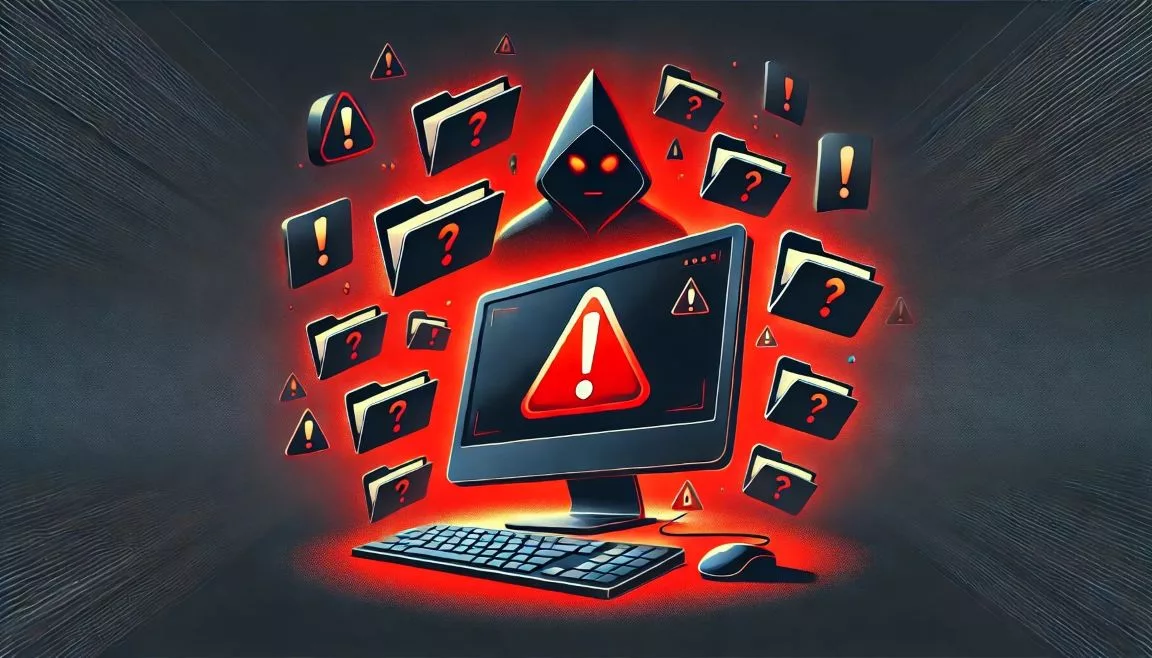When it comes to suspicious files, many of us might wonder, “Is my computer infected?” “Are these unknown files malware?” Hold on tight! Today, I’m going to dive deep into the world of suspicious files on your computer. I’ll share my experiences and insights to help you protect your system better!
1. What Are Suspicious Files?
- Suspicious files are files that you don’t remember downloading or that come from unknown sources.
- They could potentially be malware, spyware, or viruses, sometimes masquerading as benign documents or pictures.
2. What Should I Do If I Find Suspicious Files?
- Stay Calm: Discovering unknown files can be alarming, but don’t panic! Take a deep breath and approach the situation step by step.
- Inspect File Properties: Right-click the file and check its creation date, modification date, and size. If the dates seem off or don’t align with your usage history, that’s a red flag.
- Run Antivirus Scans: Utilize your trusted antivirus software to scan these suspicious files. Most programs can detect known malicious content.
3. How to Determine If a File is Suspicious?
- File Extension Check: Look at the file’s extension. Common suspicious file extensions include .exe, .scr, and .bat, while valid files usually are .doc, .jpg, etc.
- Source Tracking: Review the file’s download history. Where did it come from? Did you actively download it, or was it an email attachment?
- Online Feedback: You might not be the only one concerned. Try searching the file name along with keywords like “malicious” or “virus” to see if anyone else has encountered it.
4. Steps to Clean Suspicious Files
- Backup Important Data: Before doing anything, make sure you have backups of your important files. You wouldn’t want to accidentally delete something useful.
- Use Safe Mode: Restart your computer and boot into safe mode. This creates an environment with minimal programs running, making it safer to deal with suspicious files.
- Delete Directly: If you confirm that a file is suspicious, go ahead and delete it. Don’t forget to empty your Recycle Bin afterward!
- Thorough Scan: After deletion, restart your system and run a complete antivirus scan for good measure.
5. Prevention Measures
- Regularly Update Antivirus Software: Ensure your security software is up to date to recognize newly emerging viruses.
- Be Cautious: Avoid downloading files from unknown sources, especially email attachments.
- Backup Data: Regularly back up your important files, whether to cloud storage or an external hard drive, just in case!
My Experiences and Lessons Learned
- I once had a run-in with suspicious files that I overlooked. My computer started to slow down dramatically; opening programs or files took an eternity! After watching some tutorial videos, I learned to inspect files more carefully and keep my system cleaner.
- A memorable moment was identifying a small program as malware just by checking its file extension. When my antivirus software got involved, it uncovered that this program was linked to ten other files. Just imagine the disaster if I hadn’t addressed it!
Thus, don’t let your guard down! Regularly check your computer for unknown files to avoid unnecessary trouble!
